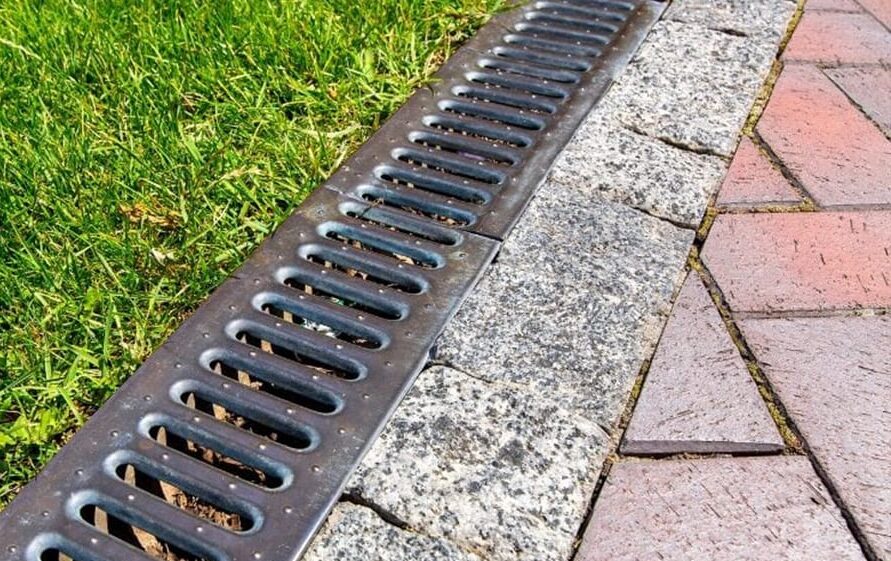Common Types of Slope Stabilization Methods

Slopes are often a natural part of the landscape, yet construction of roads and buildings near them is necessary in many regions. Problems arise when the slopes experience a shift in soil as this can destabilize structures at the tops of hills or damage and block up structures at the bottom. Consider these common types of landscape slope stabilization methods to employ whenever you run into construction projects where you need to consider slopes.
Drainage Systems for Slope Stabilization
Water drainage and precipitation can severely weaken slopes. In areas where heavy precipitation is to be expected, it is possible that the soil may be loosened up enough for significant portions of the slope to slide down. Groundwater may also have a similar effect from underneath the surface when it is present in excessive amounts.
To address water, you can install a surface or subsurface drain system. These are comprised of either ditches lined with materials like concrete or permeable piping, respectively. The drains will collect excess water on or in the slope and carry it safely away from the area where it can’t cause landslides.
Vegetation for Slopes
On slopes where the angle of incline is not steep, planting vegetation is an effectual and nonintrusive method for stabilization. Grass, shrubs, trees, and other plants use surface space so that soil cannot as easily move around due to wind or rain. Their leaves also block the elements from directly hitting the soil.
Underground, their roots anchor large blocks of the soil as they intertwine the dirt, rocks, and other roots there. Since plants need water for survival, they can reduce the amount of groundwater present that might otherwise contribute to slope breakdown and shifting.
Retaining Walls for Stabilization
The last type of landscape slope stabilization method discussed here is a retaining wall. Retaining walls are used to physically hold the higher ground of a slope in place. Whereas a normal slope has a slow progression from top to bottom, a retaining wall creates a sharp separation between the two. It is almost completely vertical, most of the time with a slight leaning toward the top of the slope.
Retaining walls may be made of various materials depending on their size and any other specific needs of the location where they’re placed. They may be composed of concrete, rock, or wood. The latter is used only in areas where high levels of water do not pose an issue which can otherwise lead to wood-rot. For a natural wood aesthetic without the high potential for decomposition, recycled lumber is another retaining wall material to consider as a viable landscape slop stabilization method. Some retaining walls may also incorporate drains into their design to give groundwater a place to escape and to maintain the sturdiness of the wall.












